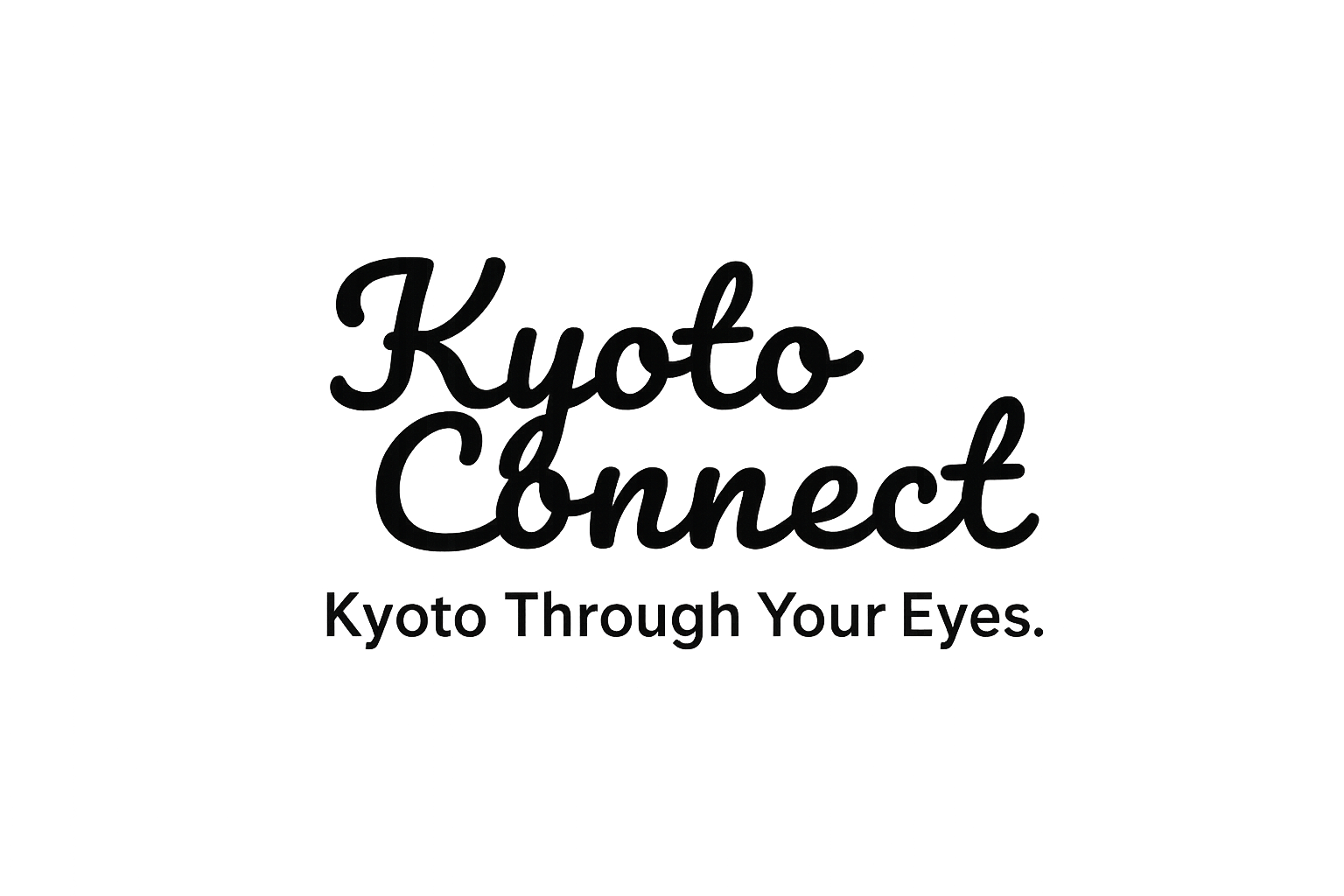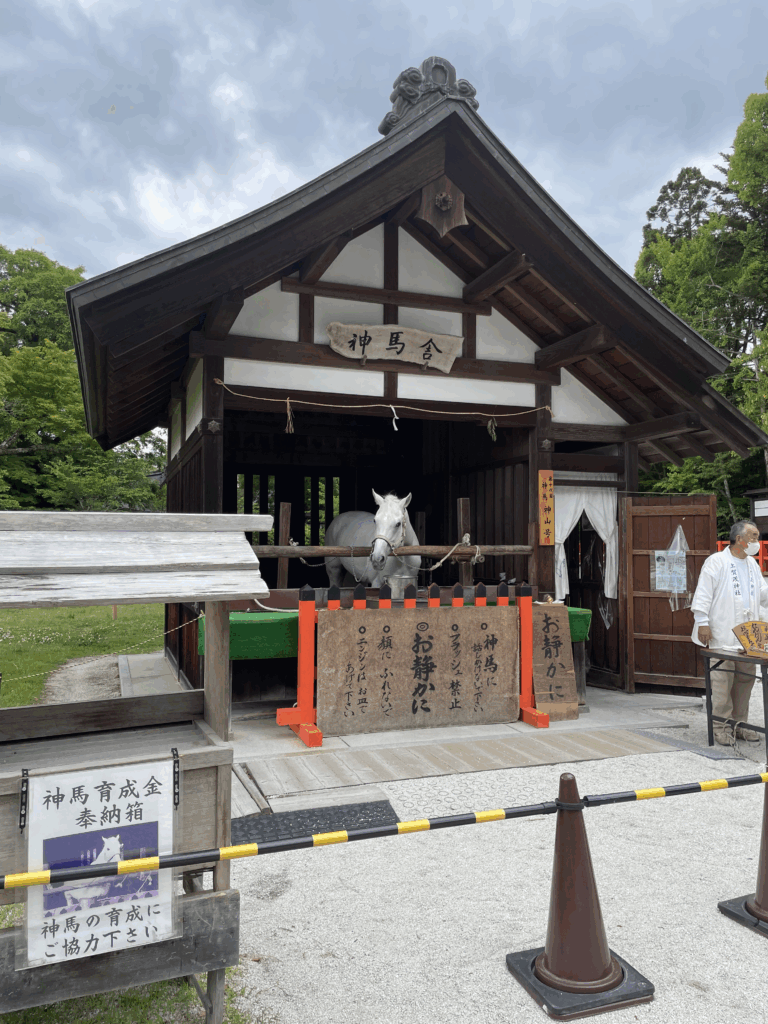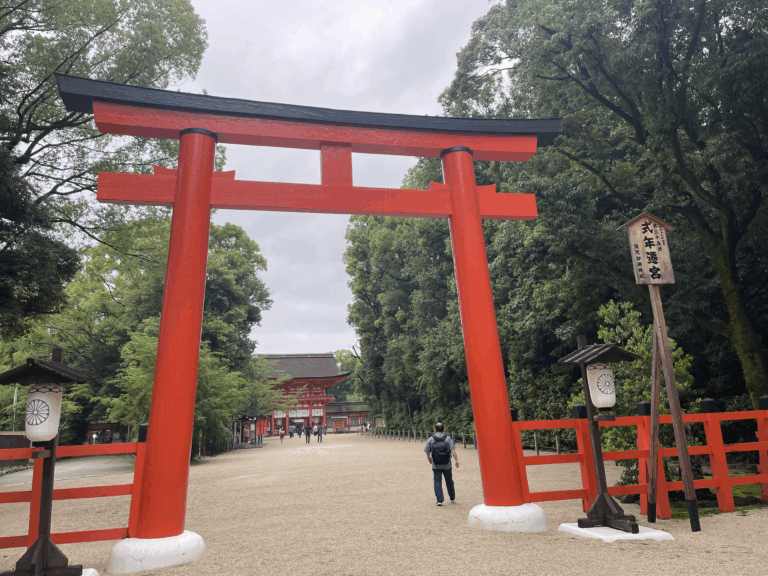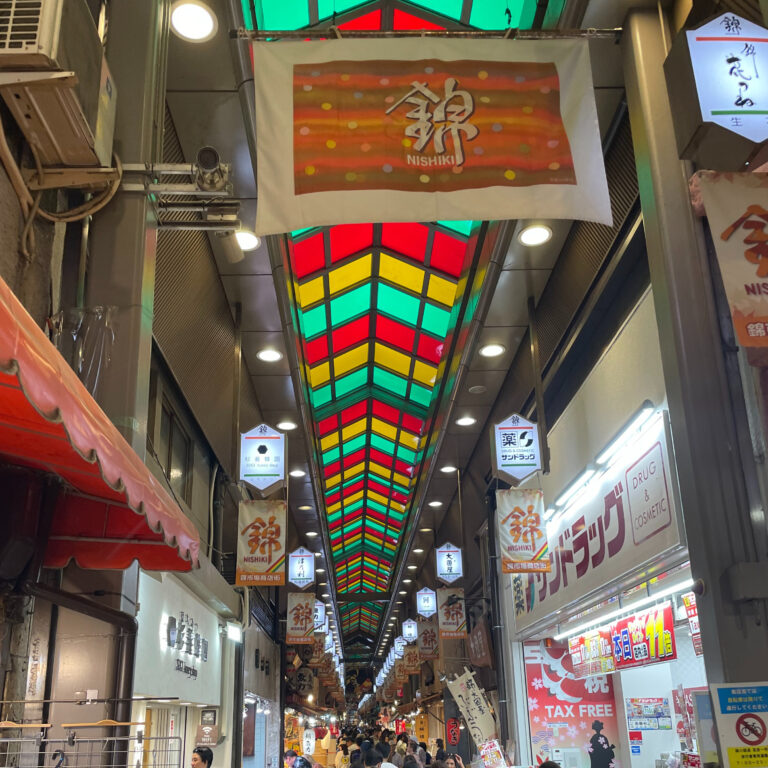Kyoto Tower: A Modern Lighthouse in the Ancient Capital
Where a futuristic tower stands side by side with centuries of tradition

When you step out of Kyoto Station and look up, the first thing that catches your eye is the sleek white silhouette of Kyoto Tower. Rising 131 meters into the sky, it may seem like just another observation tower, but behind its simple appearance lies a wealth of fascinating stories and trivia.
A Lighthouse for a City Without a Sea
Kyoto is a landlocked city, far from the ocean. So why design a tower shaped like a lighthouse? When architect Mamoru Yamada conceived Kyoto Tower in the 1960s, his vision was to create a symbolic “beacon” to guide people, much like a lighthouse would for ships at sea. The white cylindrical body represents a candle, and the glowing top symbolizes its flame. In a sense, Kyoto Tower was built to shine over the city as a modern guardian.
Built Like a Rocket, Not a Skyscraper
Unlike Tokyo Tower or other steel-frame towers, Kyoto Tower has no internal steel skeleton. Instead, it uses a “monocoque” structure, similar to that of an airplane or rocket. The tower is made of rolled steel plates joined together to form a hollow cylinder, making it both lightweight and strong. This unusual design has protected it for over 50 years, withstanding earthquakes and storms.
Controversial at Birth, Beloved Today
When Kyoto Tower opened in 1964, many locals criticized it as “out of place” in a historic city known for wooden temples and tiled roofs. Some even called it an “eyesore.” Yet over time, its unique charm grew on the people of Kyoto. Today, it is not only a popular tourist destination but also a beloved landmark for residents. The tower’s seasonal light-ups — sometimes glowing blue, pink, or orange — have become a familiar sight in the city’s nightscape.
More Than Just a View
The observation deck at 100 meters offers sweeping views of Kyoto, from the bustling station below to the mountains that embrace the city. On clear days, you can even spot Osaka in the distance. But Kyoto Tower offers more than just a scenic panorama. Inside the building, you’ll find a hotel, restaurants, and shops, making it a convenient stop for travelers. Its location right in front of Kyoto Station also makes it an easy place to rest, grab a meal, or pick up a souvenir before continuing your journey.
Fun Facts You Might Not Know
Kyoto Tower’s lightning rod attracts strikes several times a year — a reminder that it truly does “stand above” the city. It was completed just in time for the 1964 Tokyo Olympics, symbolizing Japan’s modernization during that era. And while many say “you can see it from anywhere in Kyoto,” the truth is that once you step into the surrounding mountains, the tower disappears from view.
A Symbol of Modern Kyoto
Half a century later, Kyoto Tower still sparks debate among visitors. Some admire its clean, futuristic look, while others find it out of harmony with the ancient temples nearby. Yet perhaps this contrast is exactly what makes Kyoto so fascinating — a city where tradition and modernity constantly coexist. And in that balance, Kyoto Tower has earned its place as a true icon of the skyline.




